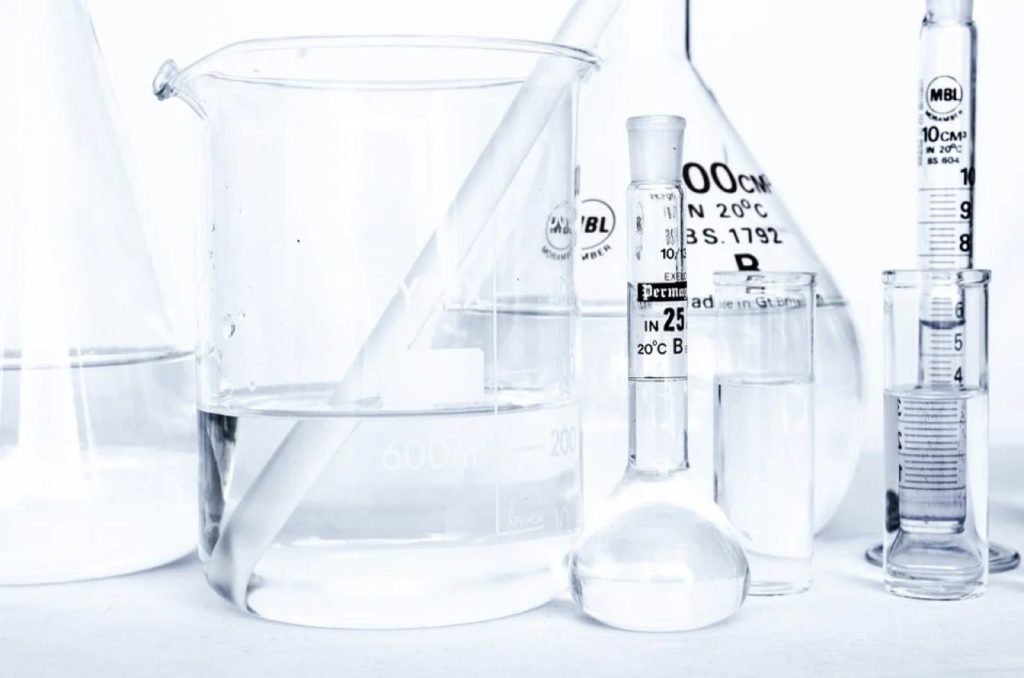Launching any cosmetic product on the European market requires what is known in the industry as a Product Information File – or PIF. While relatively demanding, this formality remains highly important, as it contains every single piece of relevant information regarding the product in question.
Toxicology, manufacturing method, animal testing data, and much more must be included, all based on a cosmetic regulation issued in July 2013: Regulation 1223/2009. Fortunately, there exist some solutions out there to help with product information file management in the form of PLM software (or Product Lifecycle Management software).
What does Product Information File Management Entail?
The EU cosmetic regulatory framework demands cosmetic manufacturers to provide a detailed document for every new product they wish to introduce onto the market. Product information file management constitutes a complex operation, which is why many decide to use specifically designed software for cosmetic laboratories when putting their PIF together. The file must include five distinct parts, each with its own set of requirements.
Product Description
This is the first part to include in order to manage the PIF according to regulations. It explains how the product and its PIF are related and should contain the product’s name (in every EU language), exact formula, identification code, and specify in which countries it is to be commercialized.
Safety Report
This section contains two parts: Part A, in which every aspect of the safety assessment is explained, from the methodology to the exact individual elements being tested, and Part B which provides the conclusion, any findings based on the assessment. It also includes the scientific reasoning, name of the person in charge, and instructions displayed on the product’s label as a result.
Manufacturing Method
Proper product information file management also includes detailed information on the manufacturing practices used to ensure the product’s compliance with the GMP.
Proof of Claimed Effect
Any claims the product makes should be detailed and explained in this section.
Animal Testing Data
Even if no animal testing was performed, it should be mentioned in the PIF. If testing did take place, the name and location of the facility should be reported, along with the date, identification, ingredients, and legal justification.
In addition, the PIF should be updated on a very regular basis (every three months on average), and each time regulations evolve or any aspect of the product or its manufacturing process changes.
How to Use PLM Software to Manage the PIF
Product information file management solutions (including PLM software) can automate the PIF creation and updating process. It is not only helpful at the data collection stage but also when editing the document itself, as advanced software can carry this step out without any further action on the part of the user.
Software-assisted product information file management essentially relies on a database system that can be updated on an ad hoc basis, just as the information becomes available. This includes descriptive documentation, ingredient, and raw material information, toxicological profiles, etc. The tool then compiles this data to create a separate PIF for each product the manufacturer enters into the system.
What makes this solution so convenient is the fact that it keeps track of all regulatory updates and advises the user whenever new data is required. In the cosmetic industry, PLM software is also used to calculate safety margins, establish formula history and comparison and even aid in the formulation by displaying regulatory restrictions in real-time or a warning message if certain inaccuracies appear. Quality control, ingredients and materials management, price simulations, and many more functionalities allow manufacturers to handle every aspect of cosmetic production efficiently and serenely. By organizing the data and providing users with relevant and up-to-date information, this type of software has become a vital part of the cosmetic manufacturing industry.





